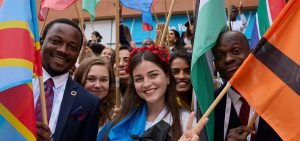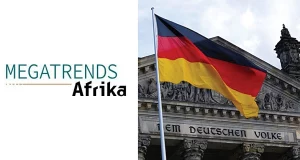Charles K. Kao, a Chinese-born electrical engineer, and physicist co-authored a proposal in 1966 that would revolutionize worldwide communications and establish the foundation for what we now know as the internet. Kao proposed, along with collaborator George Hockham, that thin glass fibers be used to carry data across vast distances, replacing the cumbersome copper wires in use at the time. Despite being initially turned down, his concept would have a significant impact on communications technology and the industry as a whole.
At the time, glass fibers could carry light pulses for telephone signals only 20 meters (65 feet) before nearly all the light dissipated. But Kao’s 1966 landmark paper Dielectric-Fiber Surface Waveguides for Optical Frequencies suggested it would be possible to transmit light signals more than 100 kilometers (62 miles) across a fiber of ultrapure glass. Kao and Hockham noted in their conclusion that “a fiber of glassy material” of a specific construction “represents a possible practical optical waveguide with important potential as a new form of communication medium.”
Glass fibers could only carry light pulses for telephone signals for a distance of 20 meters (65 feet) before nearly all of the light dissipated at the time. However, Kao’s seminal article Dielectric-Fiber Surface Waveguides for Optical Frequencies from 1966 showed that light signals may be sent across 100 kilometers (62 miles) via an ultrapure glass fiber. “A fiber of glassy material” of a specific construction “represents a conceivable practical optical waveguide with substantial potential as a new form of communication medium,” Kao and Hockham wrote in their conclusion.
Four years later, a group of researchers was inspired by Kao’s idea and created the first ultrapure fiber. Kao’s groundbreaking research paved the way for the rapid spread of broadband communications across the globe, thanks to the hundreds of millions of miles of fiber optic cable that transmit vast amounts of data in a fraction of a second. In 2009, Kao was awarded a shared Nobel Prize in Physics for his work. In the 1980s, Kao would become vice-chancellor of The Chinese University of Hong Kong and the founder of Hong Kong’s Independent Schools Foundation, overseeing the development of fiber optic networks around the world and focusing on education. At the age of 84, Kao passed away in 2018.







